Photography Darkroom
I’ve been reborn in Photography Darkroom. When I was 13 years old, I started to work in the photography Laboratory. Magic happening in photography Darkroom. After the digital revolution, all industries turned to digital photography, Digital is cheaper than analog photography.
The feeling of shooting on Film and developing it by myself is so incredible. The smell of analog photography darkroom, I’m addicted to analog photography and processing.

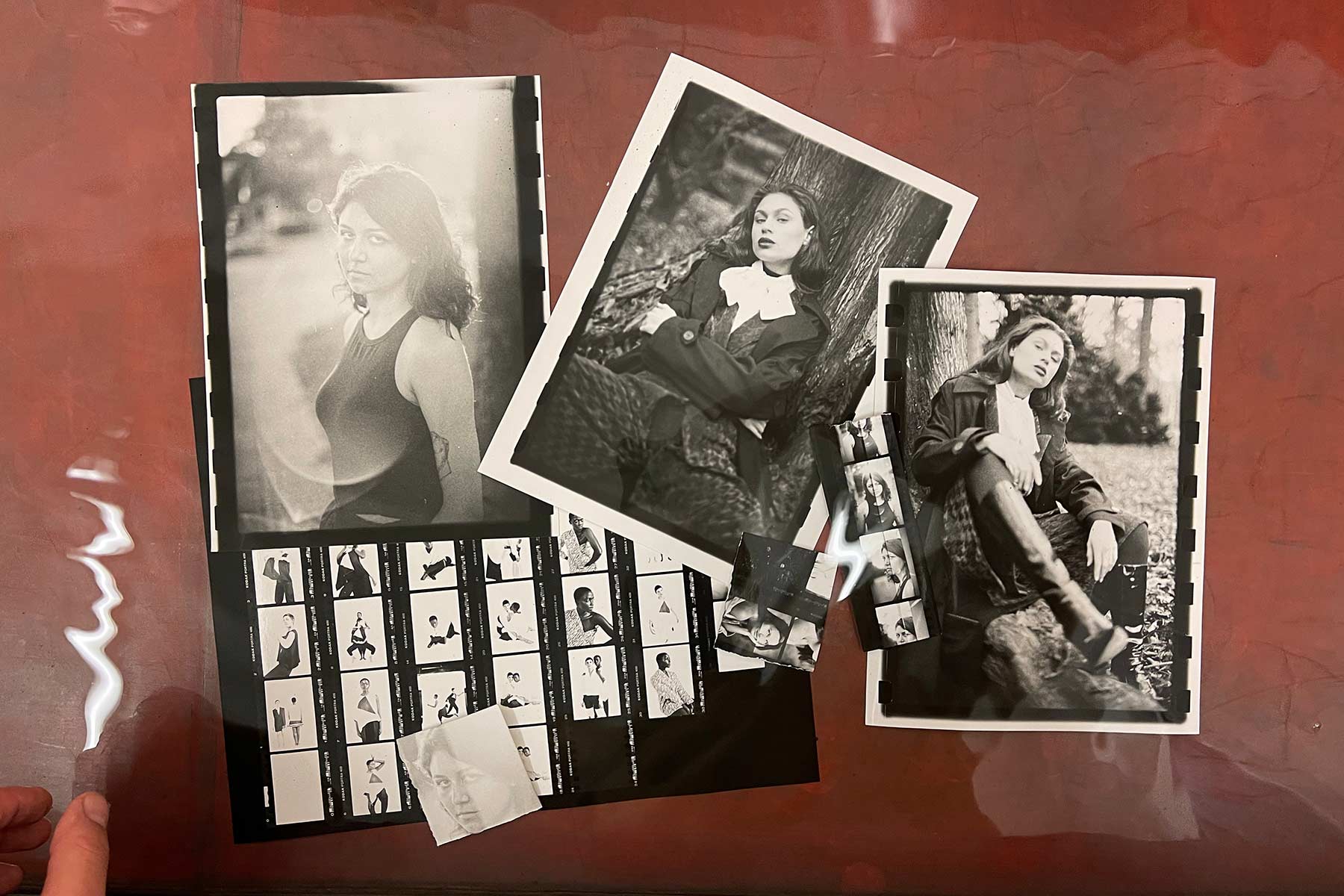
Let me help you with Analog film development
Do you need to get to develop your analog film? I can help you with free analog film development for your first role in Berlin.
Analog fotografie |
Analog Photography
DE: Analoge Portraitfotografie und Fotoerlebnisse mit mir | EN: Analog portrait Photography and photography experience with me.
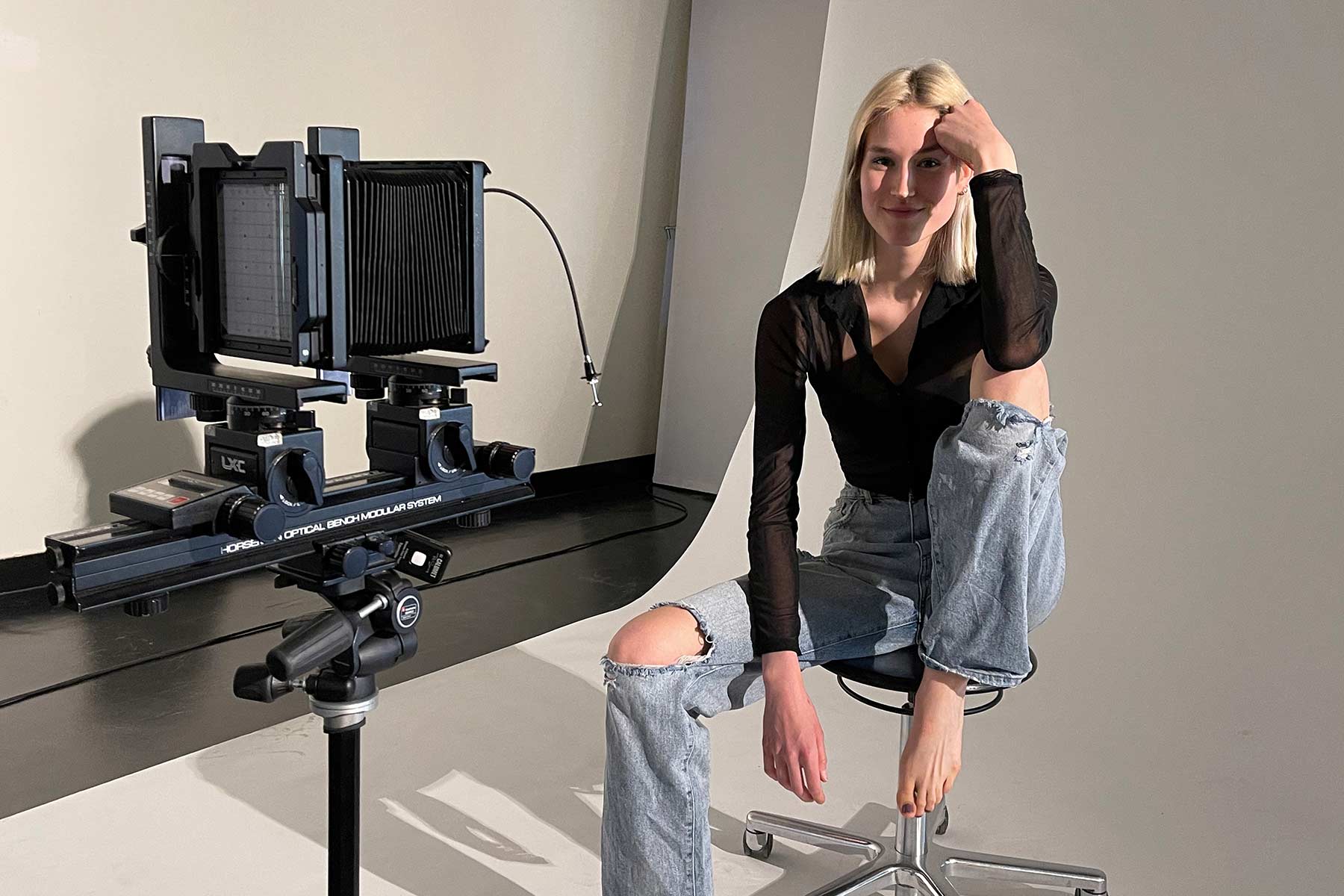
Large Format Analog
Large format Analog Photoshoot |
Buchen Sie Ihr professionelles Fotoshooting in Berlin.
Contact Print
When I am done with my film development process, I make a shit of contact print.It helps me to see all my photos. And easily, I can decide which one I would like to print in bigger size.

Vintage Analog Camera Experience
Do you want to learn how to take photos with Agfa Box Camera?
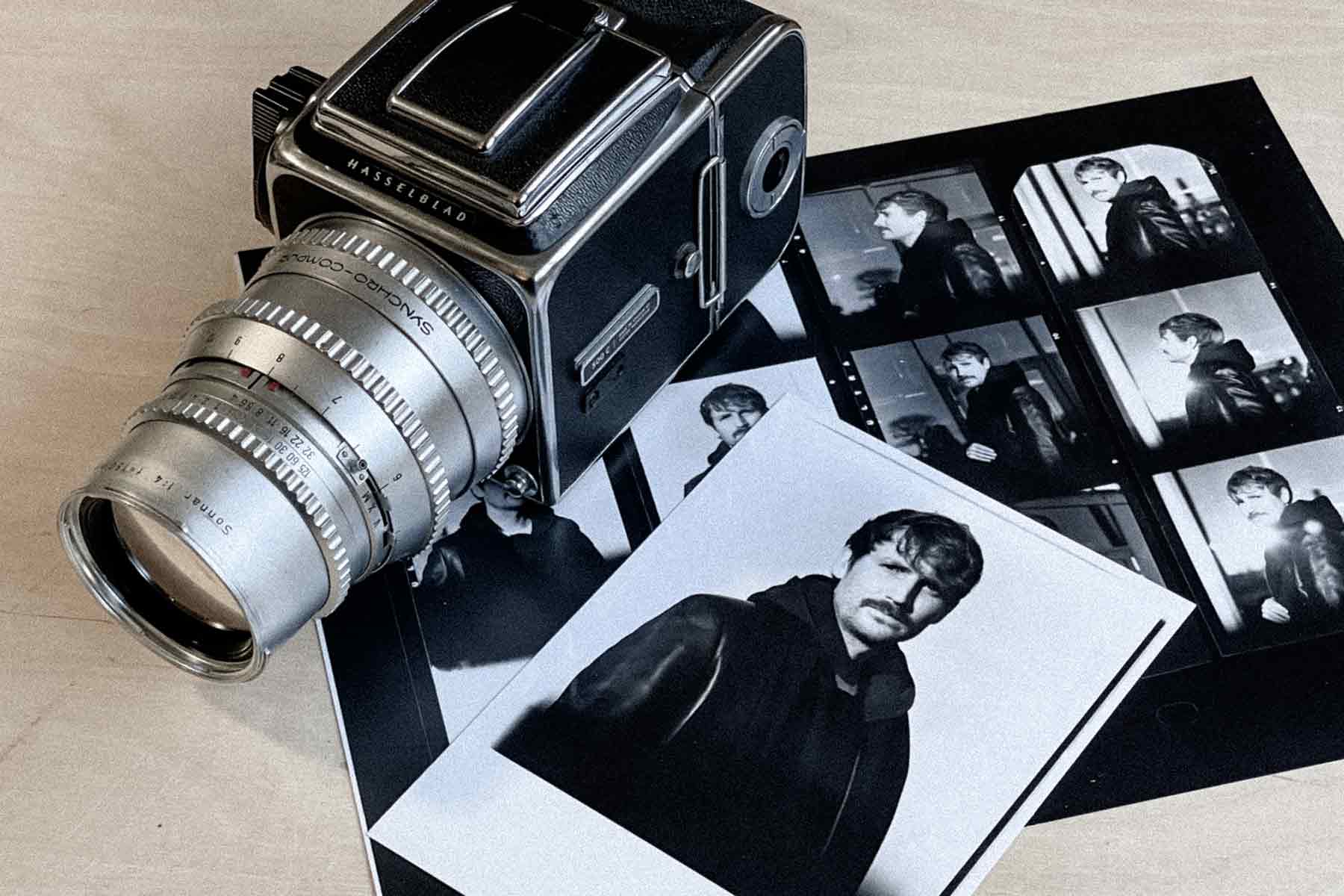
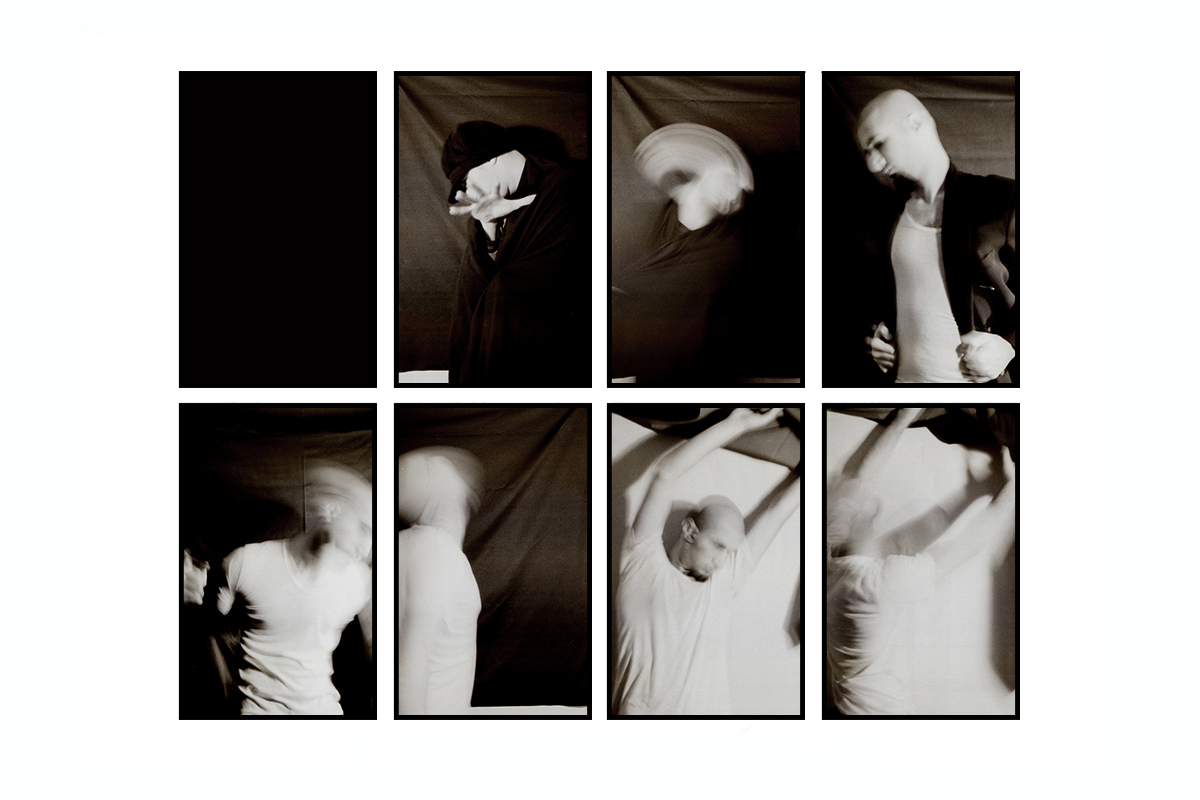
Drive out Darkness
My art project with 135 mm analog film
Analog Portraits
After 25 years of experience in photography and after discovering Digital photography and all-new technology in Photography, still I am in love with Analog photography and still I am Taking analog Photos and Classic portraits. If you have the same feeling about analog photography and analog portraits, let’s create Portraits on Film. I take 135mm, 120mm, and 4×5 Large format films.



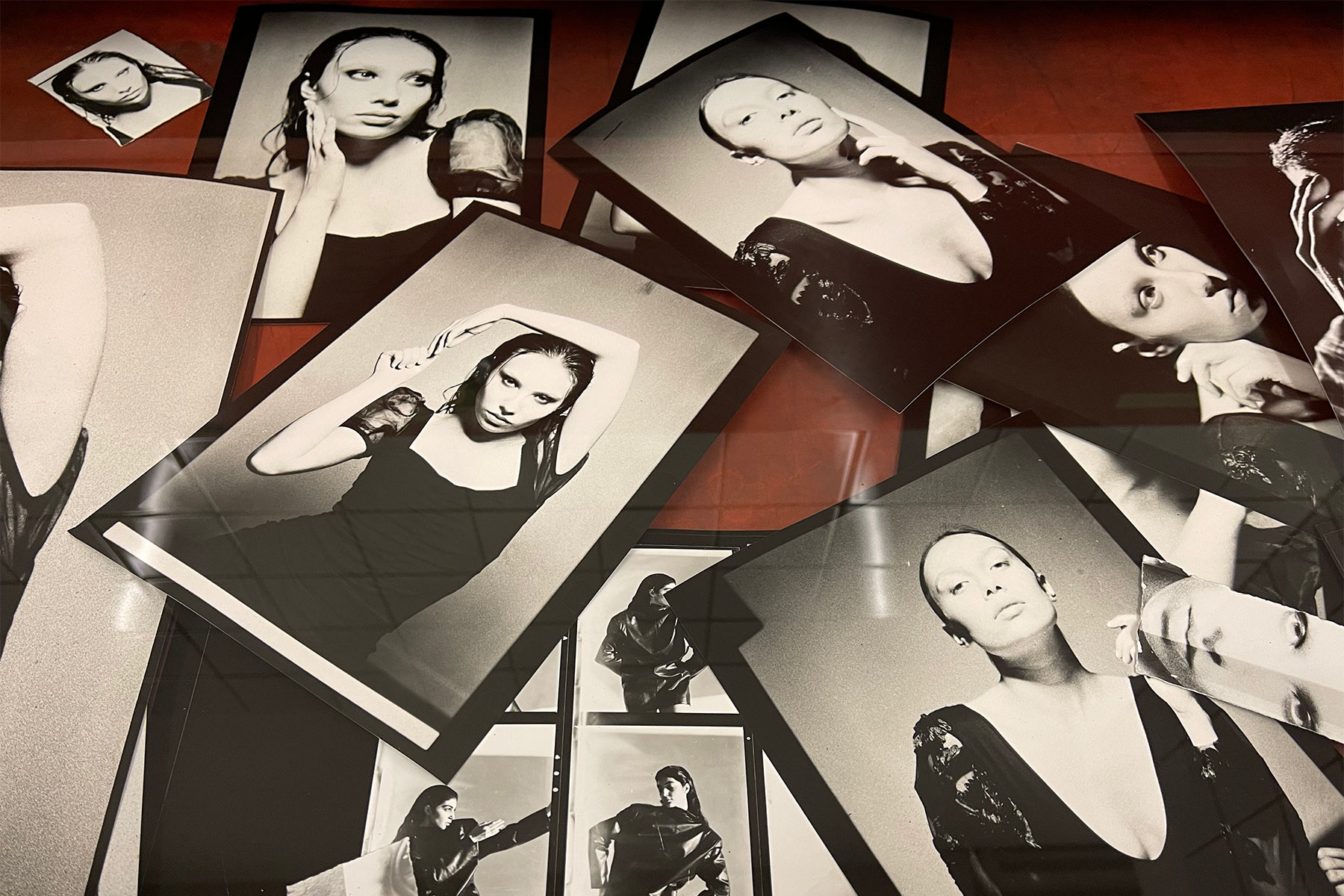
Photography Darkroom
Photography has come a long way since its inception, from bulky cameras with glass plates and film negatives to the sleek and compact digital cameras that we have today. But one aspect of photography that has remained relatively unchanged over the years is the darkroom.
What is a Photography darkroom?
A photographic darkroom is a space where photographers can process and develop film negatives. It is called a darkroom because the room must be light-tight and no outside light should enter.
Room also needs to be equipped with a range of tools and chemicals to allow the photographer to process the film.
Processing analog Film in a photography darkroom
Load the film into a reel (it should be inside the darkroom)
- In a darkroom, the first step is to load the film onto a reel, which is then placed inside a light-proof developing tank. Once the tank is closed, the photographer pours in the developer, which is a chemical that reacts with the silver halides on the film to create a visible image.
- Film is left to soak in the developer for a few minutes, with periodic agitation to ensure that the chemicals reach every part of the film.
Development process
The next step is to stop the development process, which is done by pouring in a stop bath solution. This stops the developer from reacting with the silver halides and ensures that the image is fixed at the point it was in the development process. After the stop bath, the film is transferred to the fixer, which removes the unexposed silver halides from the film and makes the image permanent.
Once the film is fixed, it is washed thoroughly to remove any remaining chemicals. After washing, the film is hung to dry in a dust-free environment. Once dry, the film is cut into strips and placed into sleeves or negative holders.
Final step
Final step in the darkroom is to make prints from the negatives. This is done using an enlarger, which projects the negative onto a piece of light-sensitive paper. The paper is then placed in a series of chemical baths to develop, stop, fix, and wash, just like the film negatives.
Related Topics:
BERLIN Photo Lab
PARIS Photo Lab
AMSTERDAM Photo Lab
PRAGUE Photo Lab
Shooting with my Mamiya RB67

